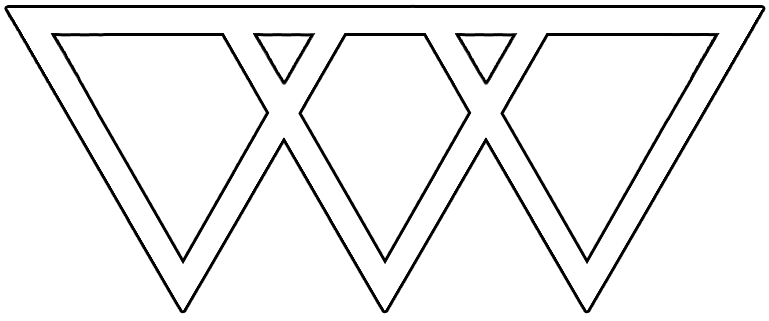Piercing bumps are one of the most common healing concerns I hear about from clients. And they’re also one of the most misunderstood. If you’ve noticed a small bump forming near your healing piercing, don’t panic. The good news is that most bumps are temporary and treatable with the right approach.
Let’s break down what causes them, what they are not, and how to help your body heal smoothly.
🌱 What Is a Piercing Bump?
A piercing bump is a raised area that appears near the entry or exit point of a healing piercing. It might look red, pink, or the same color as your skin, and may feel firm or tender.
These bumps are part of your body’s response to irritation or trauma; not necessarily infection (a common misconception). There are a few different types of bumps, but the most common ones seen with piercings are:
- Irritation Bumps
- Hypertrophic Scarring
- Keloids (far less common)
⚠️ What Causes Piercing Bumps?
Piercing bumps don’t show up out of nowhere. There’s usually an identifiable reason behind them. Here are the most common causes:
- Trauma to the Piercing (bumping, snagging, pressure from sleeping on it)
- Poor Aftercare (over-cleaning, using harsh chemicals, or touching with dirty hands)
- Improper Jewelry Fit (jewelry that’s too tight, too heavy, or made of poor materials)
- Placement Issues (piercings placed at the wrong angle or in high-movement areas)
- Changing Jewelry Too Soon
- Allergic Reaction to jewelry materials like nickel
💧 How to Properly Get Rid of Piercing Bumps
1. Leave It Alone (Within Reason)
Sometimes, less is more. Stop over-cleaning or applying harsh home remedies. Your body is trying to heal. Constant interference can slow things down.
2. Saline Soaks or Compresses
Stick to wound wash saline or sterile saline rinses once or twice daily. A warm saline compress (soaking a clean gauze pad and holding it to the area for 5–10 minutes) can help calm inflammation and draw out fluid.
3. Don’t Switch Jewelry Prematurely
Changing jewelry before the piercing has fully healed is a major cause of bumps. Keep your original jewelry in until you’re advised otherwise by a professional.
4. Avoid Sleeping on the Piercing
Use a travel pillow or sleep on the opposite side to avoid pressure; especially for ear piercings.
5. Check the Jewelry Fit
Jewelry that’s too tight can trap fluid and irritate the tissue. If your bump doesn’t improve, visit your piercer to check the fit and possibly downsize the post.
6. Hands Off!
Touching, twisting, or picking at your jewelry can prolong healing and worsen bumps. Keep your hands clean and off your piercing.
🙅 What Not to Do
- Don’t use tea tree oil. It’s often too harsh and can burn or dry out the skin.
- Don’t use alcohol, hydrogen peroxide, or ointments. These interfere with the healing process.
- Don’t pop or squeeze the bump. This only creates more trauma and could lead to infection or scarring.
🩺 When to See a Professional
If you’re unsure whether what you’re dealing with is a bump or something more serious, like an infection or a keloid, it’s always a good idea to check in with your piercer. I’m here to help! I’m happy to take a look and help guide you on how to treat your specific bump; no judgment, no pressure.
💬 Final Thoughts
Piercing bumps are frustrating, but they’re also common and manageable with time and the right care. Remember, your piercing is a wound, and healing takes months, not days. Be patient with your body and don’t hesitate to reach out if something doesn’t feel right.
Questions? Set upan appointment with me for a piercing checkup! We’re all about supporting you through every step of your piercing journey. From that initial sparkle to a fully healed, happy piercing.
